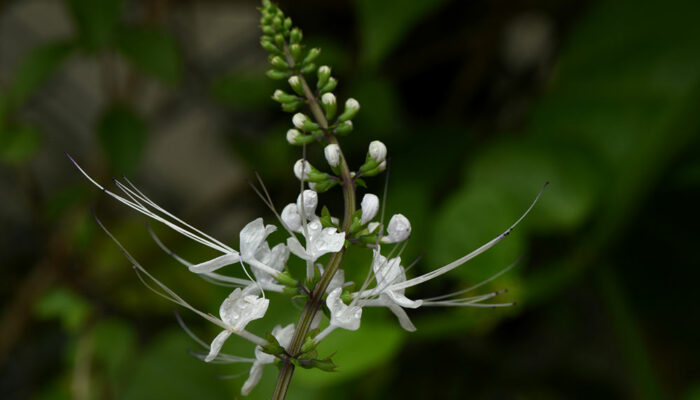
The Worst Cities for Patients With Asthma and Allergies
Asthma, as well as any chronic pulmonary condition in general, essentially develops due to one’s living conditions and the air quality surrounding their place of residence. Diverse factors can contribute to poor air quality in any city. The Allergy and Asthma Foundation of America (AAFA) has taken into account a few notable ones such as particle pollution, ozone levels, pollen dispersions, uncontrolled tobacco regulations, poverty rate, and more and has come up with a list of cities that are deemed the worst to live in with asthma and allergies.
1. Springfield, MA
Springfield lies in a valley in Massachusetts where there are relatively high collection levels of carbon dioxide along with unusually high pollen count in the air throughout the year. The American Lung Association (ALA) has termed living in the city as having a constant “sunburn on your lungs.” “Springfield and the greater metropolitan area’s undesirable asthma prevalence is thus a result of numerous circumstances such as the geography, infrastructure, housing stock, lack of access to long and short-term health care and poverty,” says Jesse Lederman, Chairman of the Health and Human Services Committee in the city. Around 60-80% of kids suffer from asthma, and about 50% of the adults have allergic asthma.
2. Dayton, OH
Dayton is considered one of the worst cities to live in, in both Ohio and the entire Midwest, for a person with asthma or allergies. It is ranked third for its use of asthma-related medicine, both for quick relief as well as long-term controlled ones, and has been ranked fourth for the highest number of emergency room visits for asthma-related issues. According to AAFA, the most concerning factors that have led to such a deteriorating air quality in the city include air pollution, pollen counts, secondhand smoke, and poverty. In one of their studies, Dayton has been ranked ‘worse than average’ in terms of prevalence, emergency visits, and ‘average ‘in terms of air quality and crude death rate.
3. Greensboro, NC
Greensboro is the third most populous city in North Carolina, and a majority of its people are without proper health insurance. With poor access to asthma specialists in the city, patients have been known to have more ER visits than normal consultations to the doctor’s office. According to the Allergy and Asthma Centre of North Carolina, Greensboro has an unfortunate natural setting that makes it an exclusive breeding place for allergies as well as asthma. In addition to the already excessive springtime pollen that is produced in many areas, it’s year-round wet temperate climate promotes mold growth and dust mites.
Statistically speaking, more than 25 million Americans suffer from asthma, and an average of 10 people die of it on an everyday basis. While it may not be possible for individuals to avoid living in any of the worst U.S. cities for asthma and allergies, it is vital for them to take the necessary precautions and make timely lifestyle changes.



